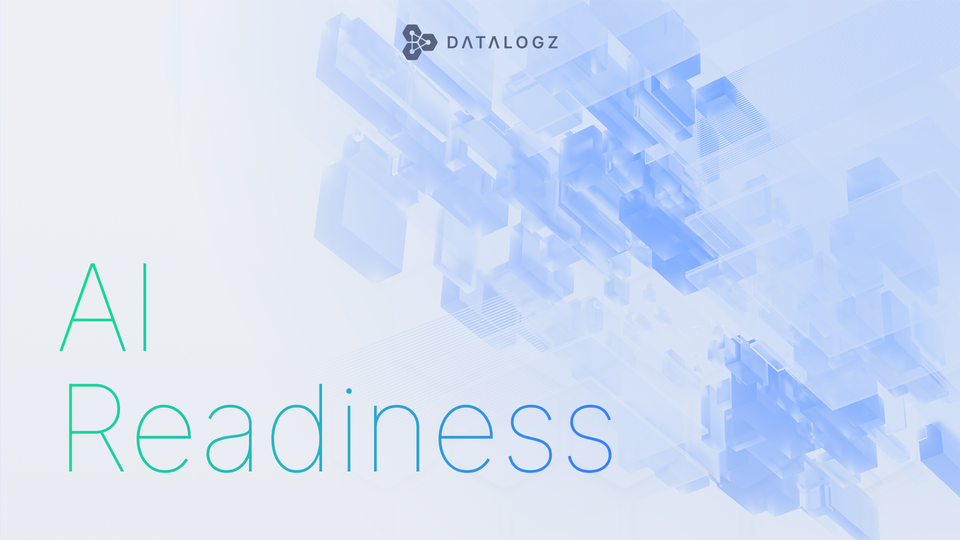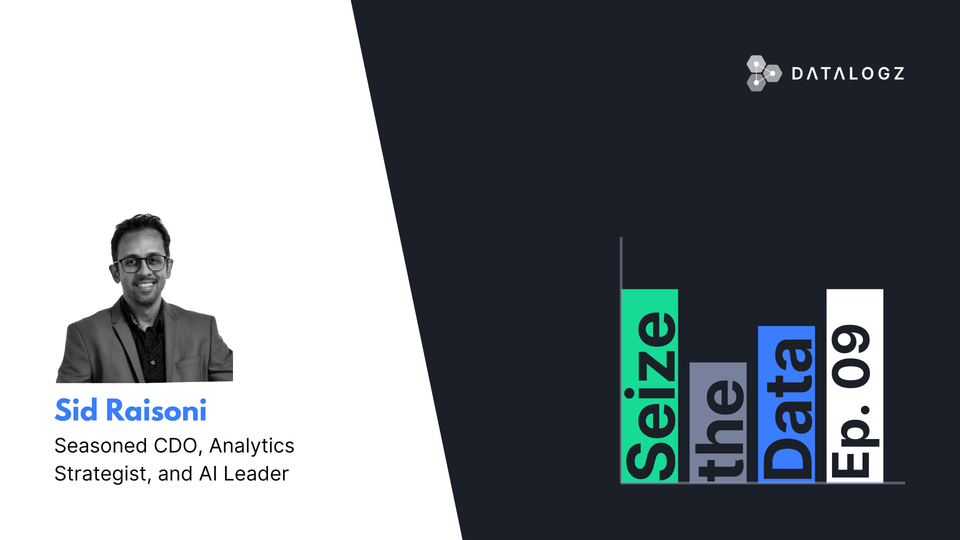Clear Skies Ahead: Optimizing Cloud-Based BI Solutions for Cost Efficiency
Explore strategies to optimize cloud-based BI solutions for cost efficiency, including understanding cost dynamics, right-sizing resources, utilizing pricing models, automating management, and improving data practices.

Cloud-based Business Intelligence (BI) solutions are revolutionizing how organizations access, analyze, and utilize data. Offering scalability, flexibility, and accessibility, these solutions have become indispensable. However, without proper management, the costs associated with cloud-based BI can escalate rapidly. This blog post explores strategies to optimize your cloud-based BI solutions for cost efficiency without compromising performance.
Understanding the Cost Dynamics of Cloud-Based BI
Cloud-based BI solutions bring a pay-as-you-go pricing model, eliminating the need for significant upfront capital expenditure. However, the operational costs can accumulate quickly due to factors like storage requirements, computing power, data transfer, and software licensing fees.
Understanding these cost dynamics is the first step toward optimization. Detailed cost tracking and visibility into your cloud usage can reveal potential areas of overspending and provide a foundation for cost-saving strategies.
Right-Sizing Your Cloud Resources
One of the most effective ways to optimize cloud costs is by right-sizing your cloud resources. This involves adjusting your cloud service's configuration to match your organization's usage and needs.
Right-sizing requires regular monitoring and assessment of your BI workloads. Identifying underutilized resources and resizing them can lead to significant cost savings. For instance, reducing the size of a virtual machine or changing its instance type can decrease your compute costs without impacting performance.
Taking Advantage of Cloud Pricing Models
Cloud service providers offer various pricing models, each with advantages and potential cost savings. Understanding these models and choosing the most suitable one based on your usage patterns can contribute to cost optimization.
For instance, reserved instances, where you commit to using a specific amount of resources for a more extended period, often come at a discounted price compared to on-demand instances. Similarly, spot instances, which involve using spare cloud capacity, can be cost-effective for workloads that are flexible in their timing.
Automating Cloud Management
Automating cloud management processes can bring significant cost efficiencies. Tools that automate tasks like monitoring, right-sizing, and even shutting down non-essential resources during off-peak hours can help optimize cloud costs.
Additionally, auto-scaling features, where resources scale up during peak demand and scale down during low demand, can ensure you pay for only what you use, keeping costs under control.
Implementing Data Management Best Practices
Optimizing data management practices can lead to cost efficiencies in a cloud-based BI environment. Practices like data compression and deduplication can reduce storage needs, thereby lowering costs.
Similarly, carefully managing data transfers, especially between different cloud regions or from on-premises to the cloud, can minimize data transfer costs. Effective data lifecycle management, which involves deleting outdated or unnecessary data, can also contribute to cost savings.
In conclusion, optimizing cloud-based BI solutions for cost efficiency requires a multi-pronged approach involving a clear understanding of cost dynamics, right-sizing resources, making the most of pricing models, automating cloud management, and implementing efficient data management practices. By adopting these strategies, organizations can harness the full potential of cloud-based BI solutions, drive strategic decisions, and maintain a lean budget.




